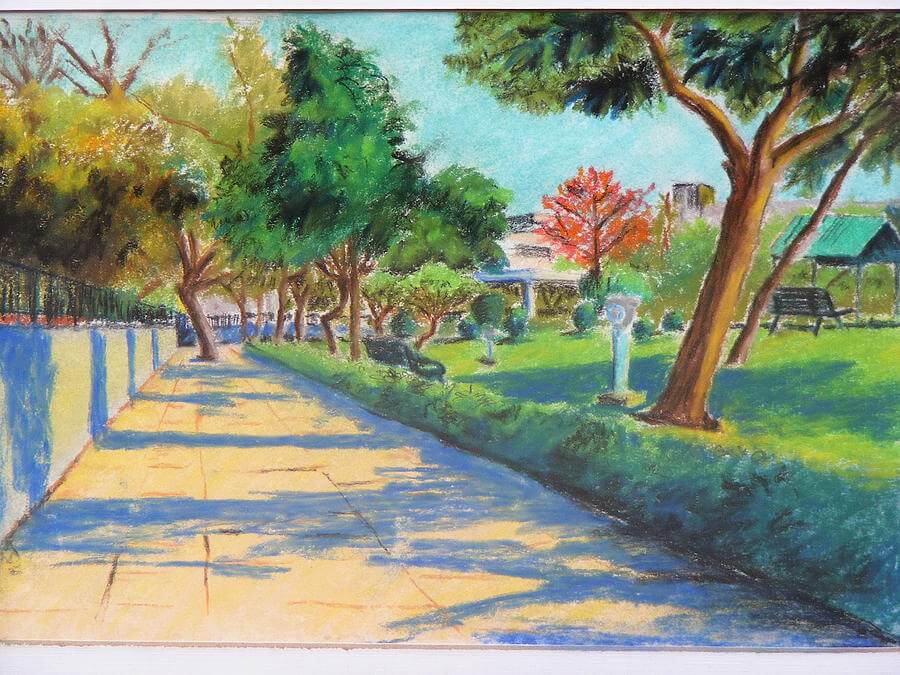Understanding the importance of shadows and perspectives is crucial for creating realistic and visually captivating artwork. These two elements play a significant role in portraying depth, dimension, and spatial relationships within a painting. In this article, we will explore the concepts of shadows and perspectives in painting and how they can enhance the overall composition and visual impact of your artwork.
- 1. Shadows: bring life and depth to a painting by adding contrast and dimension. They are created when an object blocks the light source, resulting in areas of darkness. Shadows can vary in intensity, direction, and shape depending on the angle and strength of the light source. Understanding how to accurately depict shadows can greatly enhance the realism and three-dimensionality of your paintings. Pay attention to the interplay of light and shadow to create a sense of volume and form in your subjects.
- 2. Linear Perspective: is a technique used to create the illusion of depth and space on a two-dimensional surface. It involves the use of converging lines that meet at a vanishing point, creating the impression of distance and receding space. By understanding and implementing linear perspective, you can accurately depict objects and scenes with proper proportions and spatial relationships. This technique is especially useful when painting landscapes, architecture, or still life compositions.
- 3. Atmospheric Perspective: also known as aerial perspective, refers to the way objects appear to change in color, value, and detail as they recede into the distance. This effect occurs due to the scattering of light and atmospheric conditions such as moisture, dust, and haze. Objects that are closer to the viewer appear sharper and more detailed, while those in the distance appear lighter in value, less saturated, and less defined. Incorporating atmospheric perspective in your paintings can create a sense of depth and distance, enhancing the overall realism and spatial quality of your artwork.
- 4. Creating Depth with Overlapping and Size Variation: Overlapping objects and varying their sizes are effective techniques to create the illusion of depth in a painting. When one object overlaps another, it suggests that the overlapped object is farther away. By manipulating the sizes of objects, you can create a sense of scale and distance within your composition. Experiment with overlapping elements and varying sizes to establish a convincing spatial relationship between objects and add depth to your artwork.
- 5. Experimentation and Practice: Understanding shadows and perspectives in painting is a continuous learning process. It requires observation, practice, and experimentation to master these techniques. Study the works of master painters and observe how they handle shadows and perspectives in their artwork. Experiment with different lighting conditions, angles, and compositions to develop your own style and understanding of these fundamental elements. Through consistent practice and exploration, you will gradually refine your skills and create more compelling and visually engaging paintings.
Remember, shadows and perspectives are powerful tools that can transform your artwork and create a sense of realism, depth, and spatial relationships. Embrace these techniques, study their intricacies, and incorporate them into your artistic practice. By mastering shadows and perspectives, you will be able to captivate viewers with immersive and visually dynamic paintings that evoke a sense of realism and depth. Happy painting!


